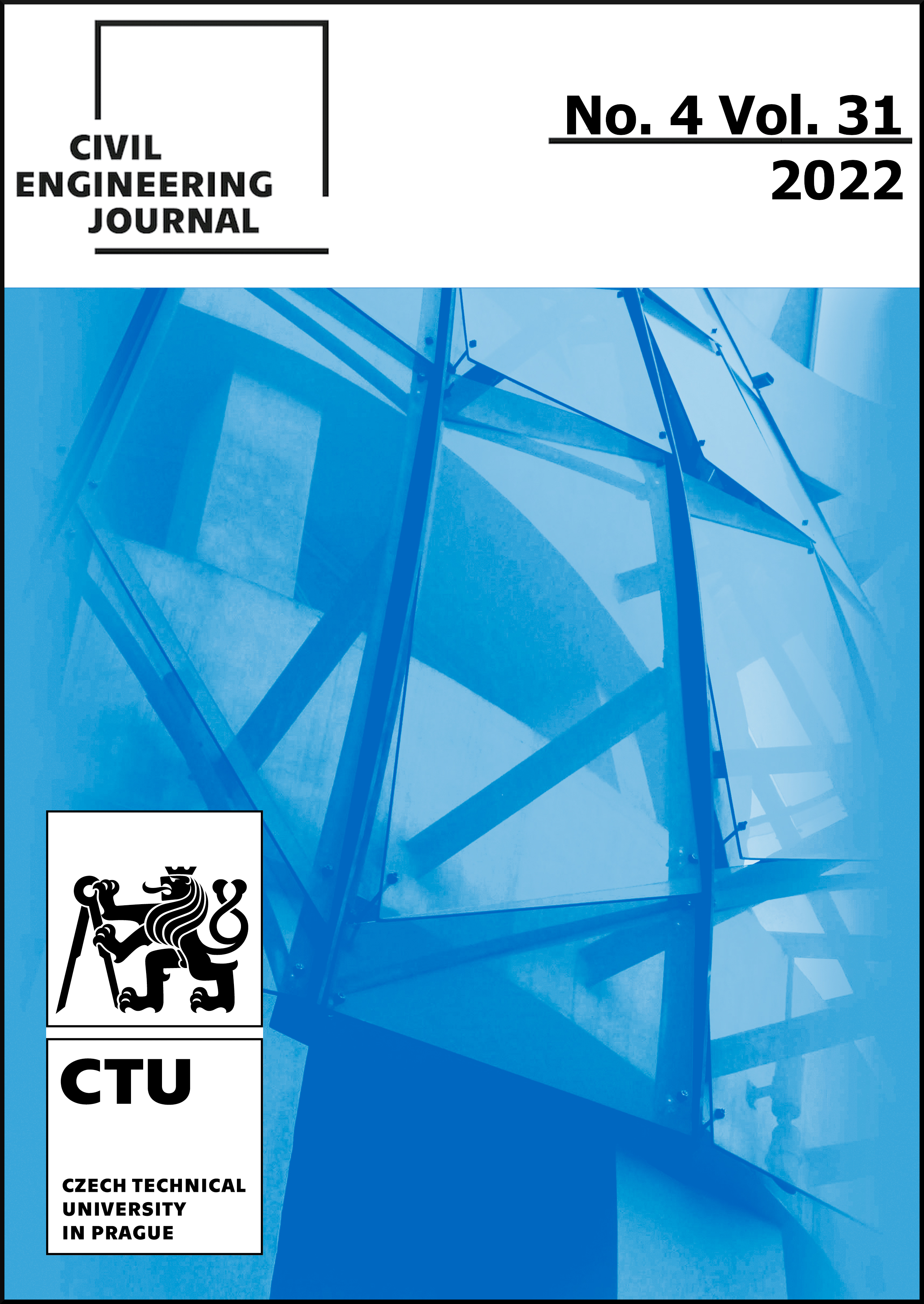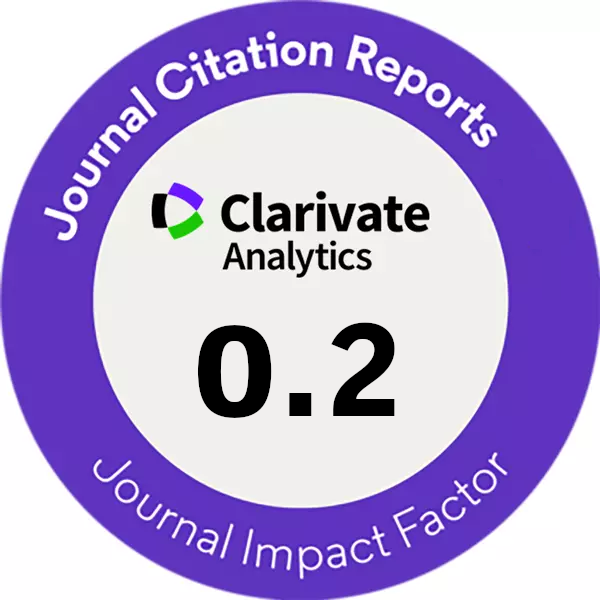STOCHASTIC TRAFFIC DEMAND PROFILE
INTERDAY VARIATION FOR GIVEN TIME AND DAY OF WEEK
DOI:
https://doi.org/10.14311/CEJ.2022.04.0048Keywords:
Random traffic demand, Probability distribution, Traffic model, Goodness-of-fitAbstract
Traffic surveys routinely estimate the profile of traffic demand in a certain road section, showing the expected evolution of the demand over a workday or weekend. However, the actual demand fluctuates around this value. That can lead to brief excess of the capacity at the moment of high demand and consequent congestion due to the capacity drop. This type of traffic demand variability has not yet been properly studied despite the fact it can play significant role in traffic modelling and engineering applications. This paper presents results of analysis of demand variability in five-minute aggregation intervals. The results do not clearly show a single random distribution that would accurately model the demand variability. Normal, lognormal and gamma distributions all show reasonably well fit to the data for individual intervals. Based on count of best fits, the lognormal distribution seems best, but in most cases, the difference between the distributions is not statistically significant. There appears to be a pattern where certain distributions have better fit in different times of day and week. The regularity and magnitude of demand (e.g. morning peak hour) probably play a role in this, as well as the aggregation interval.
Downloads
References
EDIP s.r.o. (2018). Techical terms TP 189 - Determining traffic flow intensity on roads [in Czech]. Czech Ministry of Transportation. http://www.pjpk.cz/data/USR_001_2_8_TP/TP_189_2018_final.pdf
Polus, A., & Pollatschek, M. A. (2002). Stochastic nature of freeway capacity and its estimation. Canadian Journal of Civil Engineering, 29(6), 842–852. https://doi.org/10.1139/l02-093
Brilon, W., Geistefeldt, J., & Regler, M. (2005). Reliability of Freeway Traffic Flow: A stochastic Concept of Capacity. Proceedings of the 16th International Symposium on Transportation and Traffic Theory, 125–144. https://www.ruhr-uni-bochum.de/verkehrswesen/download/literatur/ISTTT16_Brilon_Geistefeldt_Regler_final_citation.pdf
Lorenz, M. R., & Elefteriadou, L. (2001). Defining freeway capacity as function of breakdown probability. Transportation Research Record, 1776, 43–51. https://doi.org/10.3141/1776-06
Hall, F. L., & Agyemang-Duah, K. (1991). Freeway Capacity Drop and the Definition of Capacity. Transportation Research Record, 1320, 91–98. http://onlinepubs.trb.org/Onlinepubs/trr/1991/1320/1320-012.pdf
Zhang, L., & Levinson, D. (2004). Some properties of flows at freeway bottlenecks. Transportation Research Record, 1883(1883), 122–131. https://doi.org/10.3141/1883-14
Srivastava, A., & Geroliminis, N. (2013). Empirical observations of capacity drop in freeway merges with ramp control and integration in a first-order model. Transportation Research Part C: Emerging Technologies, 30, 161–177. https://doi.org/10.1016/j.trc.2013.02.006
G., M. M. (2007). The Four-Step Model. In D. A. Hensher & K. J. Button (Eds.), Handbook of Transport Modelling (Vol. 1, pp. 35–53). Emerald Group Publishing Limited. https://doi.org/10.1108/9780857245670-003
Zhao, Y., Zhang, H., An, L., & Liu, Q. (2018). Improving the approaches of traffic demand forecasting in the big data era. Cities, 82, 19–26. https://doi.org/https://doi.org/10.1016/j.cities.2018.04.015
Alfa, A. S. (1986). A review of models for the temporal distribution of peak traffic demand. Transportation Research Part B: Methodological, 20(6), 491–499. https://doi.org/https://doi.org/10.1016/0191-2615(86)90027-5
Brilon, W., Geistefeldt, J., & Zurlinden, H. (2007). Implementing the concept of reliability for highway capacity analysis. Transportation Research Record, 2027, 1–8. https://doi.org/10.3141/2027-01
Downloads
Published
Issue
Section
License
Copyright (c) 2022 Author

This work is licensed under a Creative Commons Attribution-NonCommercial 4.0 International License.
Authors who publish with this journal agree to the following terms:
- Authors retain copyright and grant the journal right of first publication with the work simultaneously licensed under a Creative Commons Attribution License that allows others to share the work with an acknowledgement of the work's authorship and initial publication in this journal.
- Authors are able to enter into separate, additional contractual arrangements for the non-exclusive distribution of the journal's published version of the work (e.g., post it to an institutional repository or publish it in a book), with an acknowledgement of its initial publication in this journal.
- Authors are permitted and encouraged to post their work online (e.g., in institutional repositories or on their website) prior to and during the submission process, as it can lead to productive exchanges, as well as earlier and greater citation of published work (See The Effect of Open Access).
How to Cite
Accepted 2022-12-18
Published 2022-12-31











